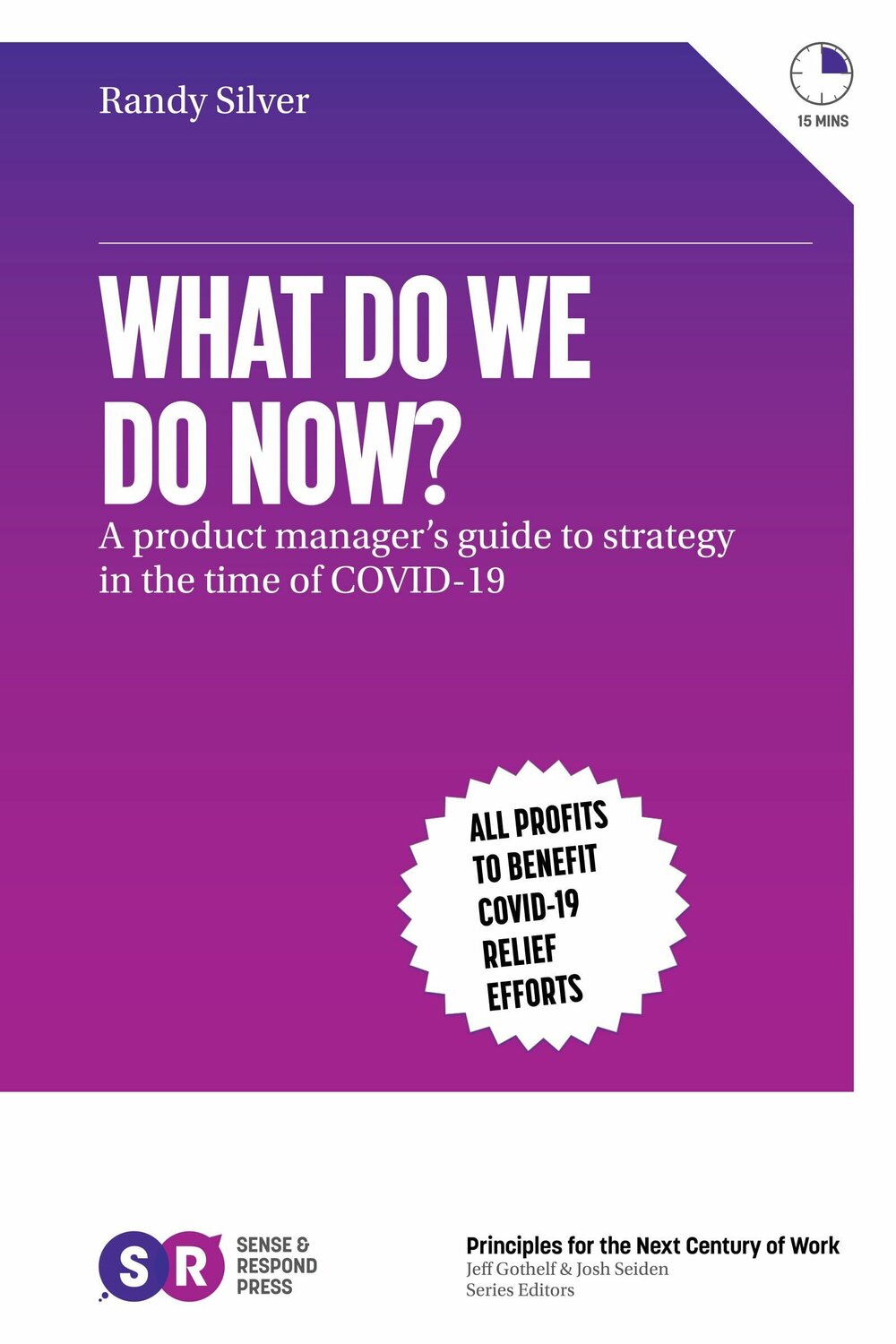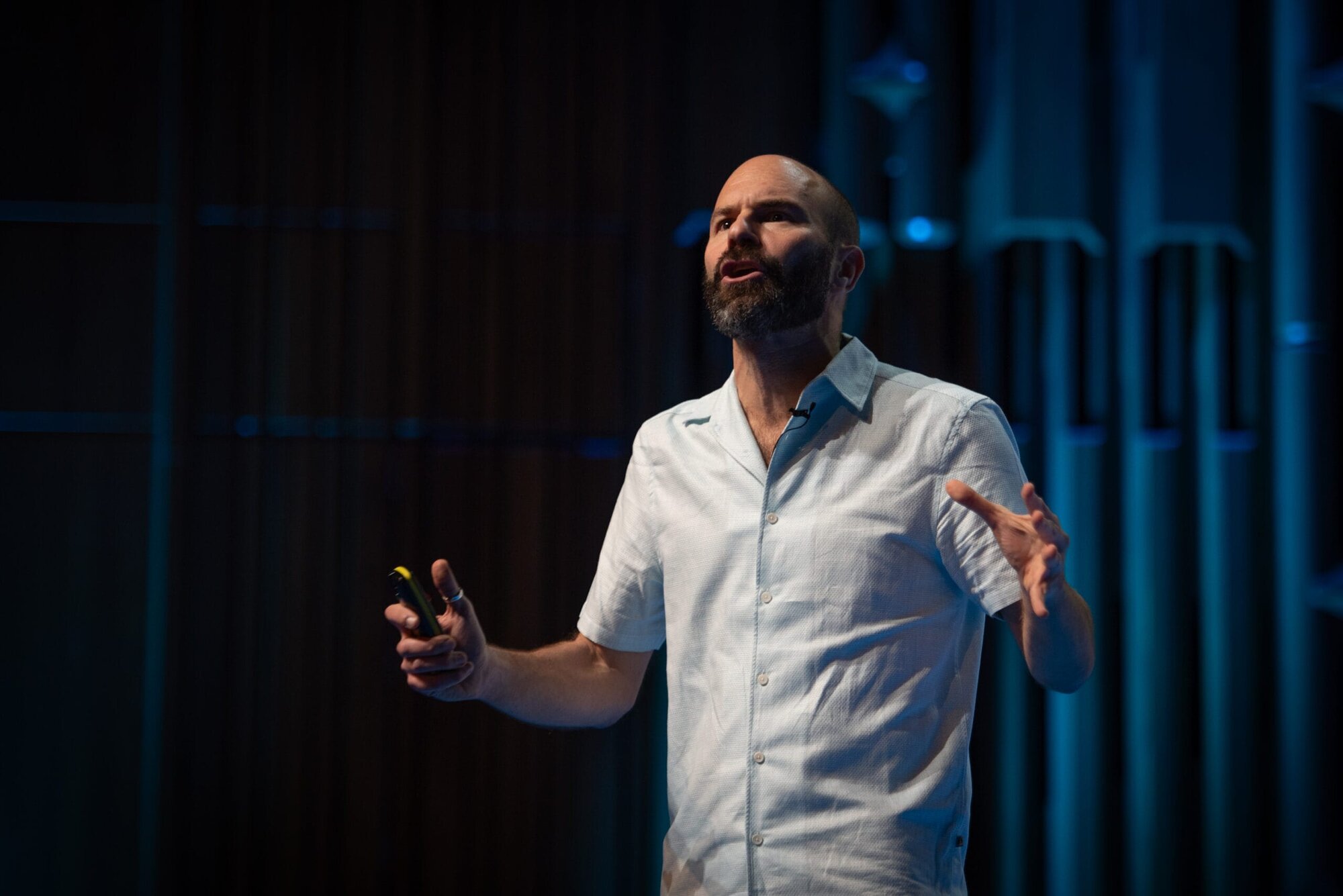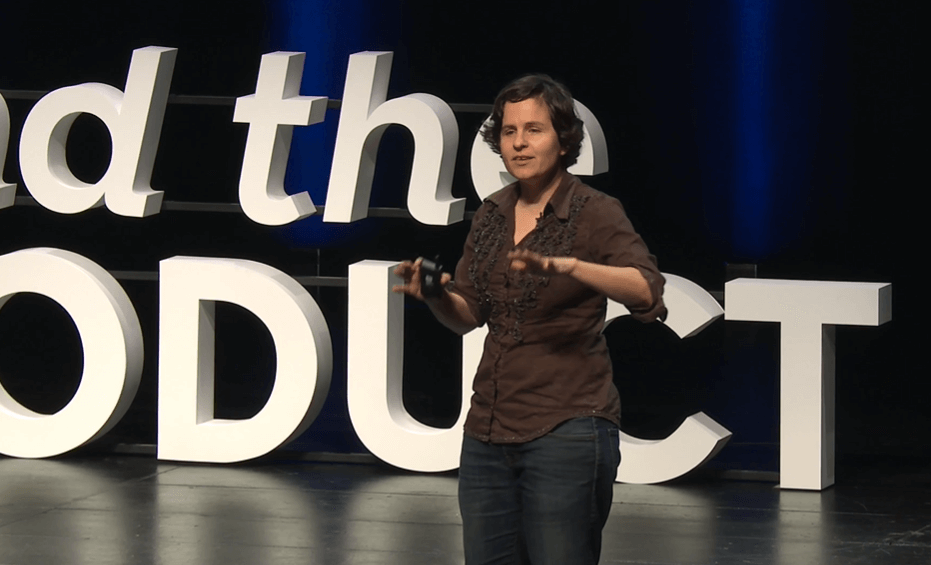As the COVID-19 crisis began hitting home, a lot of the conversations I had with product people started to take the same tone. It quickly became clear that many people were dealing with the same basic questions. There was also a lot of confusion about how to move forward. As a result, I sat down to write an article on the subject, and it just kept going. It turned into a book.
What Do We Do Now?: A product manager's guide to strategy in the time of COVID-19 was picked up by a publisher who turned it around in record time and agreed to put all profits to Médecins Sans Frontières/Doctors Without Borders to support the COVID-19 pandemic effort.
Here, to give you a sneak peek, I'm sharing an excerpt:
Chapter 1: Examine your personas
“Habit is stronger than reason,” George Santayana
We spend our working days trying to figure out what problems our customers have, their perceptions of them, how they’re tackling the issue now, and ensuring that our solution is worth paying for. Baked into that are the habits that our customers have – and nothing is harder to change.
This is a moment, however, when habits are changing. People are consuming entertainment in new ways – conferences, concerts, social gatherings and events are moving online at a speed we haven’t seen before. Baking is making a resurgence. Shopping habits are adjusting, as are local shops.
This is the perfect time to revisit your personas – pretty much everything in them is open for discussion again.
We use personas to map the problems people have, the situation they’re in, and how they’re likely to act. All of these things are subject to question right now, both in the short term and when the current crisis passes.
There are a number of questions we should be asking:
Who are we trying to help and what are their goals & obstacles?
And just as importantly – how does their perception of the goals and obstacles differ from ours? April Dunford goes deep into this in her book Obviously Awesome (she’s also done a lot of great talks, available online, that give the basic idea), which primarily concerns itself on how to position your product.
What is their current situation? And how might that be different from their previous situation?
Are they using the product under the same conditions?
Have their priorities changed?
Has their purchasing power been affected?
What relevant habits may be affected or changed by the crisis?
If you do change something for them right now, are they in a position to use it? As always, we need to marry what we want to do (what’s good for the company) with what our customers believe they want. (This might be different from what they need, but that’s a discussion for another day.)
Our ability to concentrate is, for many people, limited right now. This might be due to stress, crowded homes, unfamiliar working conditions, etc. While some habit changes might be accelerated right now, the cognitive load to get customers to adopt your change might be a barrier.
If you do change something for them right now, are they in a position to use it?
As always, we need to marry what we want to do (what’s good for the company) with what our customers believe they want. (This might be different from what they need, but that’s a discussion for another day.)
There’s an added complication now: the ability to distribute and implement new products or services is highly impaired. This might be due to lockdown, supply chain, manufacturing – or, for B2B, even the ability to deal with corporate procurement and security practices.
Any decisions that you make right now without asking these questions have a high likelihood of being wrong.
If you find that you can’t answer them, it’s time to go back to basics and spend a week or two on basic discovery/research activities to find out. As per Teresa Torres, we should be doing continuous discovery anyway – these activities shouldn’t be something we dust off only in times of crisis.
This is a unique situation, however – and in the spirit of never wasting a good crisis, think about how you can do this better. Can you enlist sales and marketing people to help with the activities? Spend more time listening into or reading support requests? Wher
Read More
There are another 6 chapters to this book, covering market analysis, prioritisation, assumptions, capabilities, ways of working and execution. All profits go to Médecins Sans Frontières/Doctors Without Borders and I'd love it if you'd support the cause. You can buy the book here.






